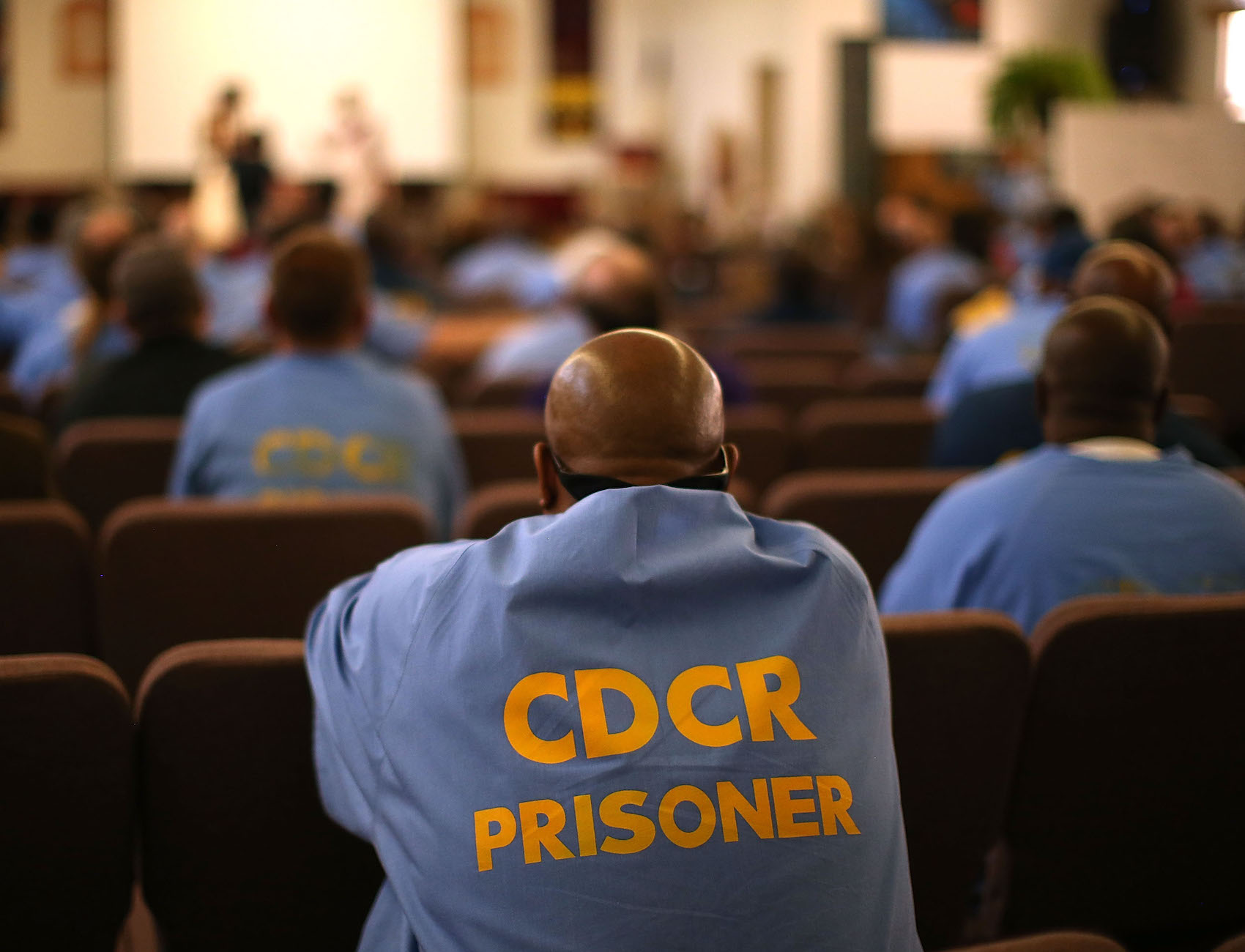San Francisco Deserves Restorative Justice
Our response to crime should focus on healing and accountability, not punishment and retribution.

If they loved me more, they wouldn’t have gone. They wouldn’t have risked losing me. That’s how I felt for years.
When I was 14 months old, my parents left me at my babysitter’s house and participated in an armored car robbery that ended in disaster. Their accomplices shot and killed three men, including two police officers. My mother and father received 20- and 75-year minimum sentences. Though I was not physically injured that terrible day, nor did my loved ones die, I was one of the dozens of people whose lives were devastated. Like them, I was angry, too.
But restorative justice saved me—and did more to rehabilitate my parents than any number of years in prison ever could. A powerful and underutilized tool, restorative justice offers a response to crime that is focused on healing and accountability, rather than just punishment and retribution. It requires the person who caused harm—committed a crime—to express genuine remorse to victims and stakeholders with words and deeds that heal, to the extent possible, the harm they caused.
For me, that reckoning was critical. Like millions of other children in this country who grew up with parents in prison, I was traumatized, sad, and angry. But I spent thousands of hours in prison visiting rooms and on monitored calls with my parents, during which they apologized to me repeatedly and continuously for what they had done to me and everyone else whose life was forever altered by their crime. More than that, they showed me through their actions that they weren’t bad people, that they did love me.
It took me years to rebuild trust, and I was luckier than most, as I had support along the way and was adopted by a loving family. But the restorative justice process helped me overcome early obstacles including learning disabilities, anger management, and petit mal. I graduated from high school at the top of my class, and attended Yale for college and law school with a Rhodes Scholarship in between. It also taught me it was safe to love and be loved.
We know we can’t punish our way past crime; it hasn’t worked yet, and it won’t ever.
A survivor-centered response to crime asks victims and stakeholders what they need and requires the people who harmed them to do the difficult work of being accountable. It is essential to a safe and just society: It helps victims heal, reduces recidivism, and saves money.
Our current system of mass incarceration does none of these things. We lock more people up in this country than any other country in the world, at tremendous human and economic cost. We destroy communities and churn people through jails and prisons at an alarming rate, doing almost nothing to ensure they don’t end up committing crimes upon release. Victims consistently report that even decades after the crime, they feel the same sense of violation and mistrust. Many say they feel sidelined by the criminal justice process or worse, suffer more violation because of it. The person who caused harm is punished, but the survivor is not healed.
I’ve seen firsthand the damage of mass incarceration and the promise of restorative justice. In California, new legislation is expanding the role of restorative justice and being piloted in San Joaquin County this year. If elected district attorney in San Francisco, I’m committed to giving every victim of every crime the right to participate in a restorative justice program if they so choose.
The program can take the form of a mediated dialogue, or a circle that involves the victim, the person who caused harm, their families, and members of the community—all people who are impacted by the actions of the responsible party. Processes will be built according to the needs of the victim, rather than using a one-size-fits-all approach focused solely on punishment without any regard for healing and accountability. But each process will require the offender to take five key steps, mediated by experts in the field and driven by the victim’s needs: take responsibility, acknowledge the impact of actions on the victim, express genuine remorse, take action to repair the harm, and do not do similar harm.
The district attorney’s office plays a vital role in creating a safe and just San Francisco. Restorative justice, by centering on survivors and holding people who cause harm accountable, is essential to the fulfillment of that mission. We know we can’t punish our way past crime; it hasn’t worked yet, and it won’t ever. We need to hold people who commit crime accountable to those who they’ve hurt, instead of taking the easy route and dumping them into a system where nearly two-thirds of the time they end up back in jail within a few years of their release. And we need to give victims a real voice, rather than let them be used and discarded by a process whose sole goal is punishment.
Let’s make San Francisco safer and more humane by healing the harm that crime causes, not just punishing the symptoms.
Chesa Boudin is a candidate for San Francisco district attorney in the November 2019 election.
